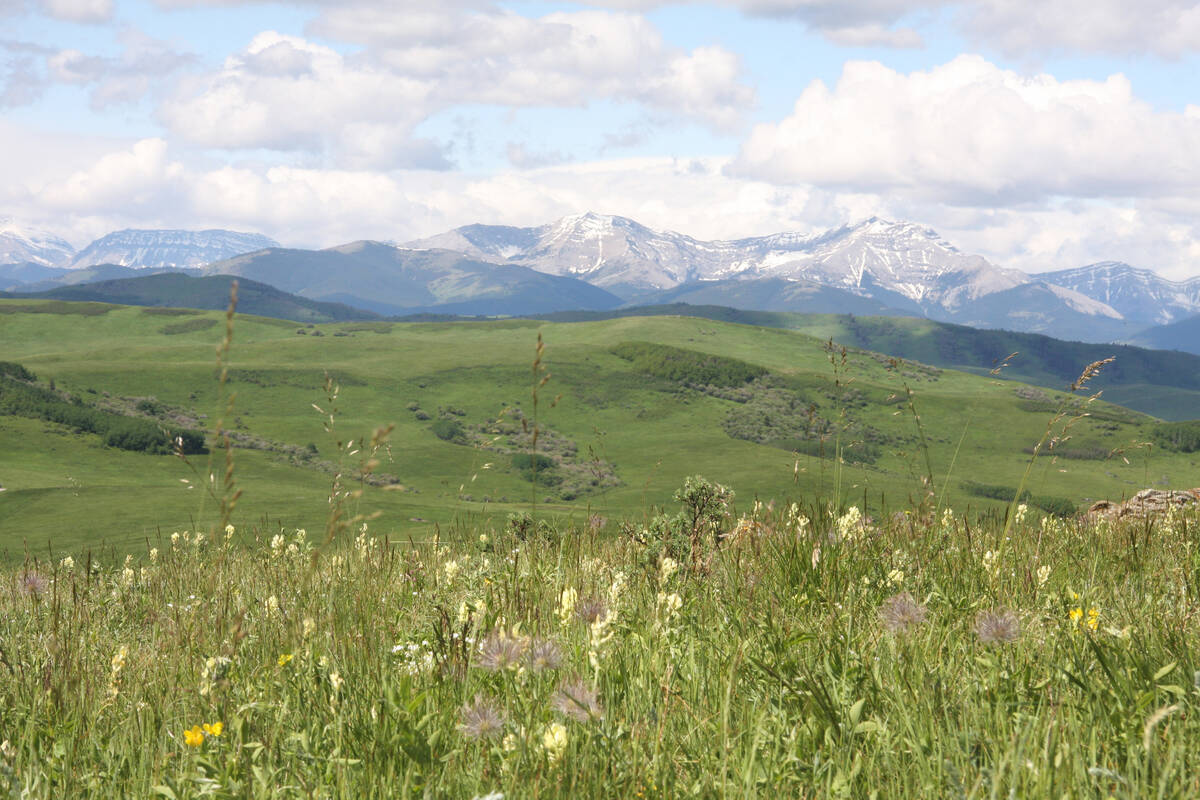The Royal Manitoba Winter Fair held last week in the city formerly known as the horse capital of Canada has marked a century of prairie draft horsemanship.
The fair was brought to life in Brandon in 1907 by a group of farmers who sought to organize an event that would showcase the fruits of the region’s agricultural economy. Given the key role that heavy horses played in farming of the time, they captured much of the spotlight.
Even today, that tradition has not been lost. A stroll through the barn section of the Keystone Centre shows that many of the finest teams in the heavy horse classes were bred and trained on local farms in southwestern Manitoba, from Bar RB Belgians in Birtle to Brown’s Percherons of Lenore.
Read Also

Selenium not deal breaker in coal mining: expert
Environmental scientist weighs in on coal mining debates in Western Canada, explaining selenium and the technologies and practices to lower its concentrations in nearby waterways to coal mining operations
For some local people, the fair has been a family tradition for nearly a century.
Wayne Moore, chair of the heavy horse division for the past eight years, has been a part of the fair for 55 years. He first showed 4-H calves as a teenager and his father was involved for 40 years before him.
A horse breeder of considerable stature, Moore has sold seven Clydesdales to Anheuser-Busch’s famous Budweiser hitch.
“I think that the horse showing business is in good hands now. There are many, very active young to middle age people who have a lot of years left in them,” said Moore.
“There’s lots of people who enjoy coming around to see the horses even though there’s no way on earth they’d ever want to own one.”
Ask around the barns for an old-time horseman and they’ll steer you to Wes Ferguson. A horse show regular for 30 years until 1989, when illness forced him to slow down, Ferguson is as famous for his skill with horses as his ability to tell a good yarn.
The secret to showing horses, he joked, is having lots of money.
“I never raised any outstanding ones, I guess. I just bought what I thought might show,” he said, adding that he never sank much money into the game.
“One guy said about me, ‘if Ferguson can’t beat you with one horse, he’ll go out to the bush and catch another.’ “
Now 74, the former pregnant mares’ urine producer from Minnedosa, Man., still drives horses every day. He and a friend plowed and planted 60 acres of oats with horses last summer and plan to do it again this year. He still mows hay and rakes it with a team but bales it with a tractor.
“I’ve always liked horses. I can’t tell you why. I’ve run a tractor lots in my day, but I can honestly say I never enjoyed one minute of it. Sitting on that bastard going up and down the field just doesn’t turn my crank.”
Editor emeritus of the Brandon Sun and local historian, Fred McGuinness, said the roots of southwestern Manitoba’s love of horses go back a long way, to the earliest pioneer days.
The first horses owned by prairie settlers were two ponies that explorer La Verendrye’s sons rode back from a trading expedition to what is now Nebraska around 1750.
Early in the 1800s, when governor George Simpson saw that the Manitoba settlement’s buffalo hunting mounts were too light for plowing, he brought in a Norfolk Trotter stallion named Fireaway to improve the local stock.
“They brought him 700 miles down the lake standing up in a rowboat. When he got here, he was the most valuable thing on the Prairies,” said McGuinness.
While oxen served as the tractors and emergency food supply for most settlers in the late 1800s, there was a demand for more spirited pulling power. Brandon, as the main jumping off point for land-seeking peasants, soon became an important distribution point for horsepower, which was badly needed as homesteads began dotting the Prairies.
“It was the right idea at the right time.”
Shortly before the First World War, Brandon livery stable operator and horse trader Beecham Trotter boasted a stable full of stallions imported from France and Scotland worth $3 million. According to newspaper accounts of the time, Trotter’s breeding stock sales brought in a “continental audience” with buyers coming from as far away as San Francisco and Chicago.
“It was so important to the local economy that city hall gave him the front lawn to use for holding his auctions,” said McGuinness. “It’s pretty hard to beat that for class.”
In an article for Farm & Ranch Review, dated January 1965, famed agricultural journalist and author Grant MacEwan, who was born on a farm near Brandon and later became lieutenant governor of Alberta, wrote: “Brandon had the biggest horse shows, the largest number of horse dealers and sales stables and the highest interest in horse breeding.”
MacEwan noted that the city also had the best agricultural exhibitions and was widely seen as the draft horse capital of the West. In the judging competitions of the early days, he added, it wasn’t uncommon to see 20 or more stallions competing in a single class.
In 1921, the Dominion Bureau of Statistics put the number of horses in Canada at 3.6 million head, or roughly six horses per farm. From 1901 to 1921, Saskatchewan’s total rose from 83,000 to more than a million.
“Not only did those heavy horses occupy an essential place in farm fields, but they filled an important place in men’s lives and hearts. Western Canada was a land of horsemen,” MacEwan wrote.














